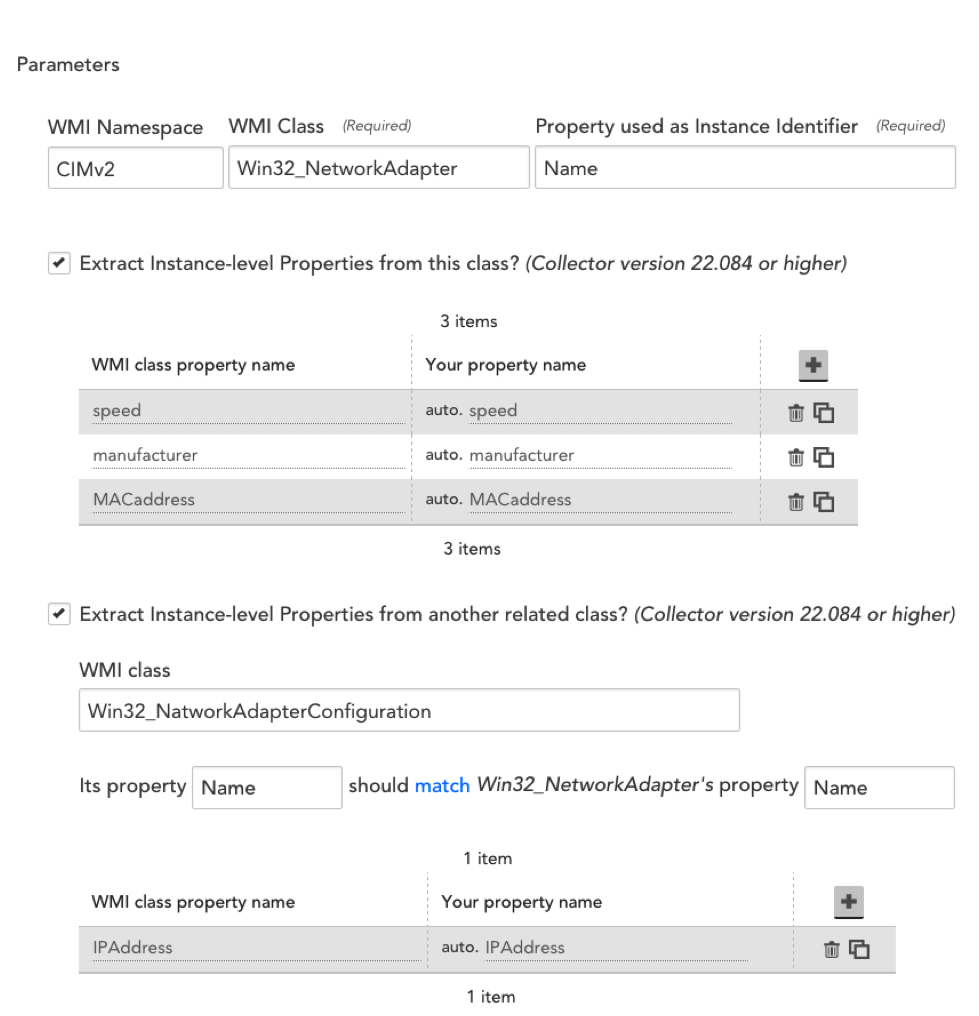
- #WMI QUERY BLUETOOTH MANUFACTURER INSTALL#
- #WMI QUERY BLUETOOTH MANUFACTURER DRIVERS#
- #WMI QUERY BLUETOOTH MANUFACTURER DRIVER#
- #WMI QUERY BLUETOOTH MANUFACTURER MANUAL#
#WMI QUERY BLUETOOTH MANUFACTURER DRIVER#
Table 8-7 Device and Driver Plug and Play CapabilityĪ device that isn’t Plug and Play–compatible is one that doesn’t support automatic detection, such as a legacy ISA sound card.
#WMI QUERY BLUETOOTH MANUFACTURER DRIVERS#
Table 8-7 shows the outcome of various combinations of devices and drivers that can and can’t support Plug and Play. In addition, a driver that doesn’t support Plug and Play might prevent other devices from being usable by the system.

If a single device or driver doesn’t support Plug and Play, the extent of Plug and Play support for the system can be compromised. Windows aims to provide full support for Plug and Play, but the level of support possible depends on the attached devices and installed drivers. In addition, it supports network connected devices, such as network projectors and printers, by allowing specialized bus drivers to detect the network as a bus and create device nodes for the devices running on it.

It also provides a place for storage device state, and it participates in system setup, upgrade, migration, and offline image management. Applications or drivers sometimes require a specific hardware device to function, so Windows includes a means for them to request notification of the presence, addition, or removal of devices. The PnP manager also implements application and driver mechanisms for the detection of hardware configuration changes.
#WMI QUERY BLUETOOTH MANUFACTURER INSTALL#
If a suitable driver isn’t installed, the kernel-mode PnP manager communicates with the user-mode PnP manager to install the device, possibly requesting the user’s assistance in locating a suitable set of drivers. The PnP manager determines, based on the identification of a device, whether a driver capable of managing the device is installed on the system, and if one is, it instructs the I/O manager to load it. Loading appropriate drivers is another responsibility of the PnP manager. Because hardware devices can be added to the system after boot-time resource assignment, the PnP manager must also be able to reassign resources to accommodate the needs of dynamically added devices. Hardware resource allocation is a role the PnP manager fills by gathering the hardware resource requirements (interrupts, I/O memory, I/O registers, or bus-specific resources) of the devices attached to a system and, in a process called resource arbitration, optimally assigning resources so that each device meets the requirements necessary for its operation. The PnP manager automatically recognizes installed devices, a process that includes enumerating devices attached to the system during a boot and detecting the addition and removal of devices as the system executes. With this foundation in place, Windows Plug and Play support provides the following capabilities: For example, the USB standard defines the way that devices on a USB bus identify themselves.

Industry standards for the enumeration and identification of devices attached to buses are the foundation of Windows Plug and Play support.

Plug and Play support requires cooperation at the hardware, device driver, and operating system levels. For example, it’s the PnP manager that enables a running Windows laptop that is placed on a docking station to automatically detect additional devices located in the docking station and make them available to the user.
#WMI QUERY BLUETOOTH MANUFACTURER MANUAL#
A user doesn’t need to understand the intricacies of hardware or manual configuration to install and remove devices. The PnP manager is the primary component involved in supporting the ability of Windows to recognize and adapt to changing hardware configurations.


 0 kommentar(er)
0 kommentar(er)
